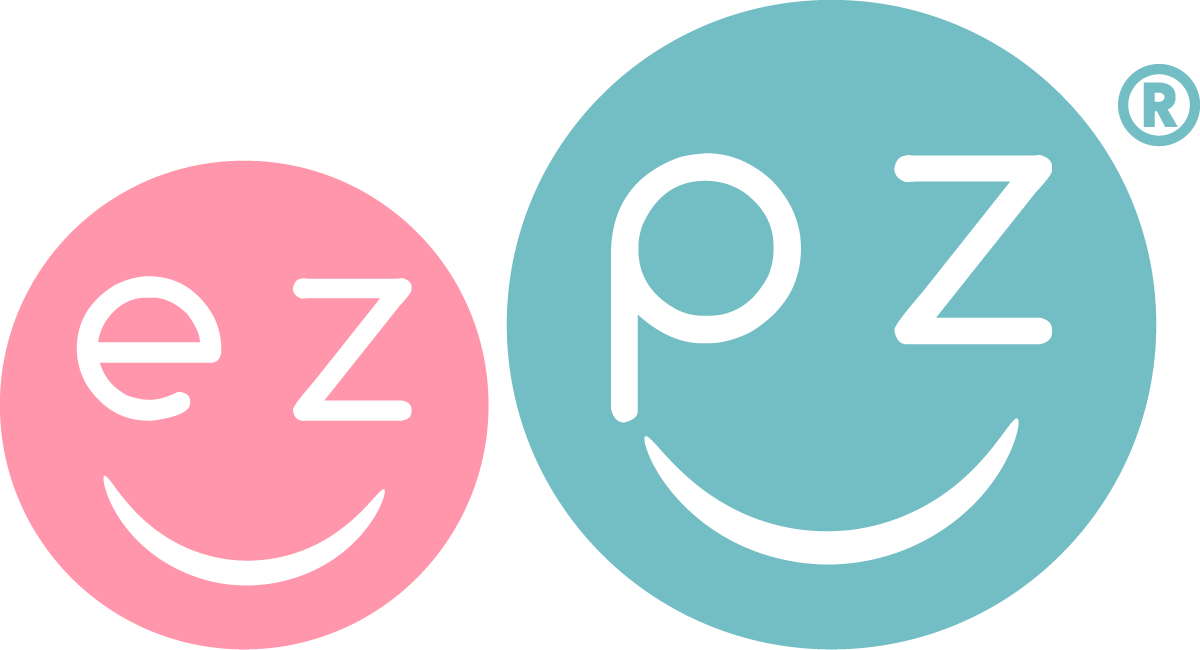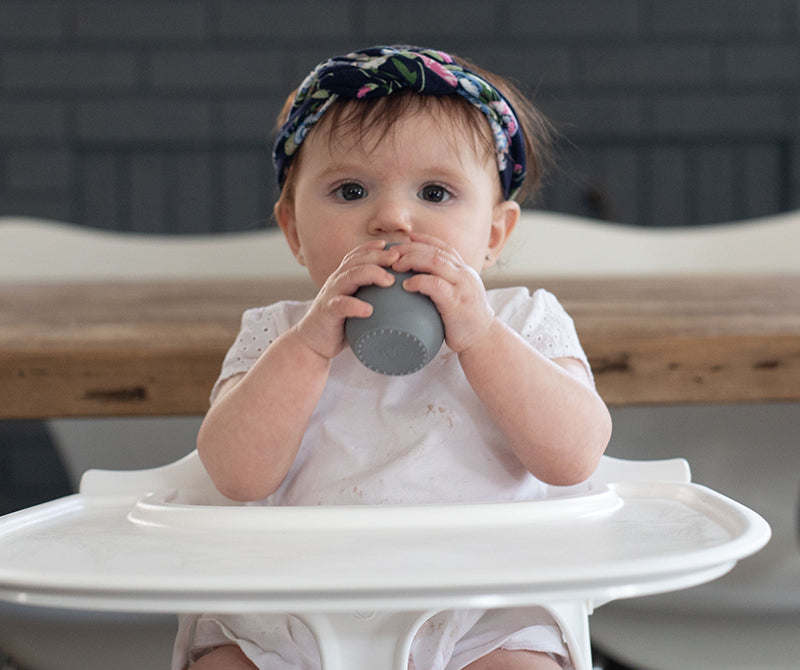Did you know that cup drinking is a developmental milestone for babies?
Introducing cup drinking early can support your baby’s oral development in many ways. It can aid with teething, reduce the risk of tooth decay, and help babies develop a strong swallow. The ezpz Tiny Cup is specifically designed to help your baby learn to drink from an open cup and achieve this important milestone.
While every baby develops at their own pace, here are some helpful tips to make cup drinking a success:
Skip the Sippy Cup!
Many parents believe that transitioning their baby from breast or bottle to a sippy cup is the next logical step. However, this is actually a common misconception. Developmentally, babies should transition directly from breast or bottle to an open cup held by an adult. Worried about spills and messes? Don’t be! In the early stages of teaching cup drinking, you'll be holding the cup for your baby—keeping things clean and stress-free.
What is an Open Cup?
An open cup is simply a cup without a lid. The ezpz Tiny Cup holds 2oz and is perfectly sized for your baby's small mouth and hands, making it an ideal first cup.
When to Start
Between 4-6 months of age babies are developmentally ready to start learning how to drink from an open cup (with adult assistance). Many parents are surprised to learn that this milestone can begin at such an early age! Unlike bottle or breastfeeding—where milk is delivered to the back of the tongue—open cup drinking requires babies to work harder. They must coordinate multiple oral muscles, including the lips, tongue, jaw, cheeks, and soft palate, to control and swallow the liquid independently.
What Do I Put in the Cup?
Since breast milk or formula is your baby’s primary source of nutrition, it’s best to begin open cup practice with ½ ounce of warm breast milk or formula (rather than water). The Tiny Cup is made from food-grade silicone, making it safe for warm, cold, or hot liquids—unlike plastic cups. Warming up milk can offer comfort during teething, and using a silicone cup aligns with the American Academy of Pediatrics’ recommendation to avoid plastics with babies.
Practice Makes Perfect
Like any new skill, learning to drink from an open cup takes patience, practice, and repetition. If you start at 6 months and practice for just 5 minutes a day, your baby can become a confident and independent cup drinker by their first birthday!



